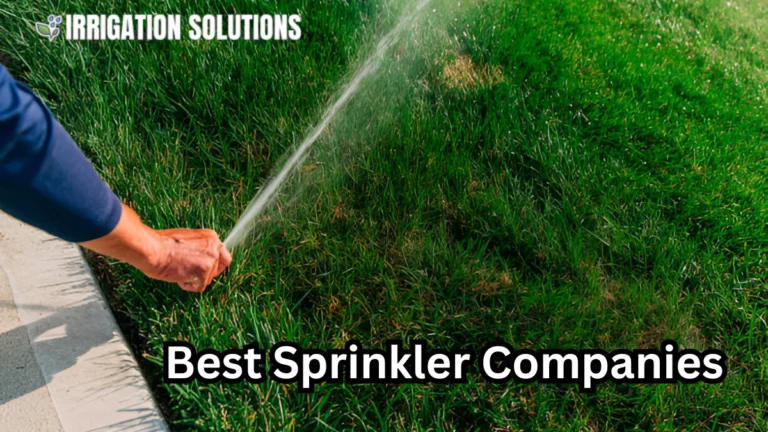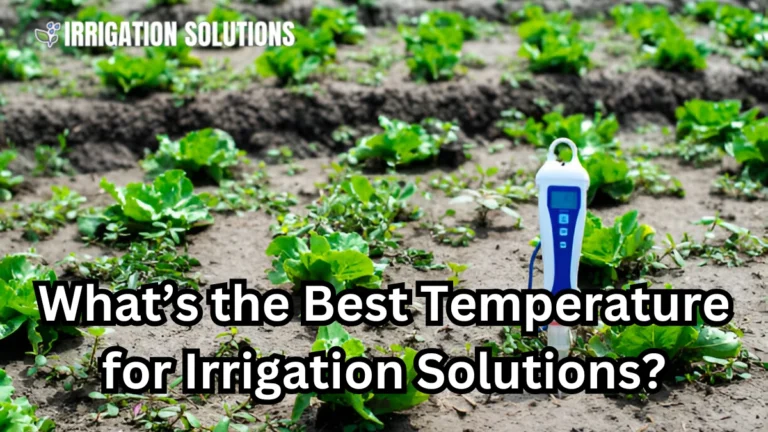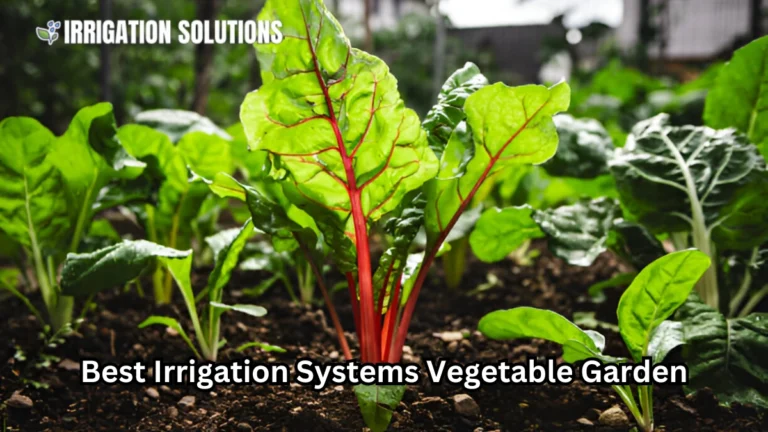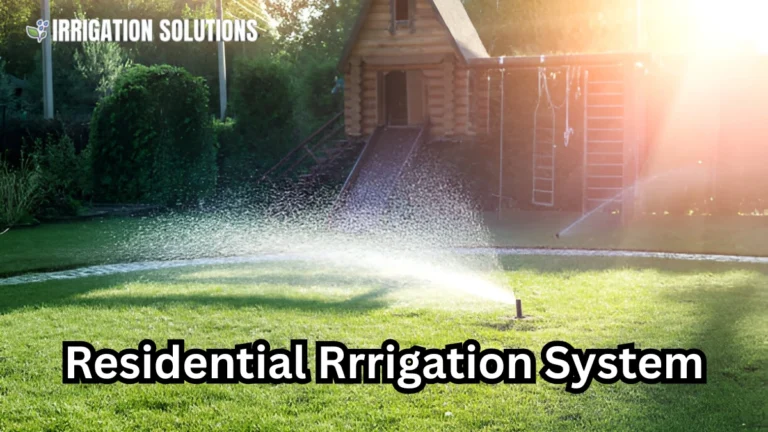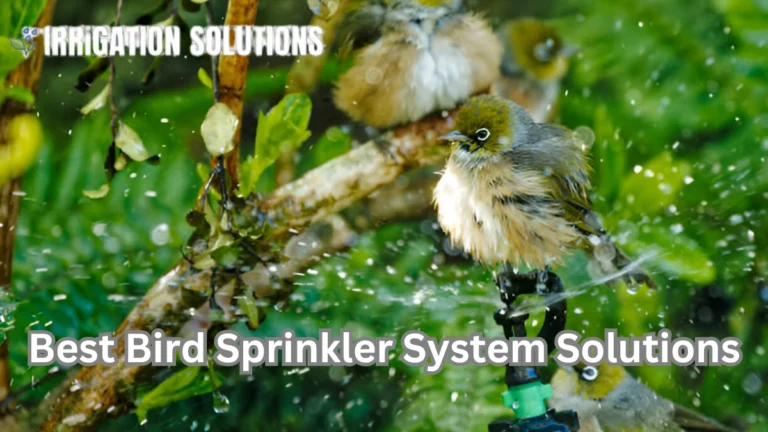Best Home Irrigation Systems

When it comes to maintaining a vibrant and healthy garden, proper Home Irrigation is key. A well designed irrigation system can save you time, money, and effort while ensuring your plants receive the right amount of water. This guide dives deep into everything you need to know about home irrigation from choosing the right system to maintaining it for long term success. By the end of this post, you’ll have the knowledge to make informed decisions and implement a system that works perfectly for your garden.
What Is Home Irrigation ?
Home irrigation refers to the method of delivering water to plants and gardens to meet their growth requirements. Unlike manual watering, where you carry out the task using a hose or watering can, an irrigation system automates the process. Depending on the system you choose, it can provide consistent and precise watering, which is crucial for plant health.
Types of Irrigation Systems for Homes
There are several types of irrigation systems available, and selecting the right one depends on your garden’s size, plant type, and water requirements. Here’s a quick look at the most popular systems:
Drip Irrigation
Drip irrigation is one of the most efficient and water saving irrigation systems available. It works by delivering water directly to the roots of plants through a network of tubes and emitters. This system is ideal for garden beds, flower beds, and container gardens.
- Advantages:
- Water goes directly to the roots, minimizing evaporation and runoff.
- Saves up to 50% of water compared to traditional sprinklers.
- Perfect for areas with water restrictions.
- Disadvantages:
- Can be expensive to install.
- Requires regular maintenance to prevent clogs in emitters.
Sprinkler home Irrigation
Sprinklers are a popular option for larger lawns or gardens that need a broad coverage area. The system works by distributing water through pipes that lead to sprinkler heads placed across your garden. The sprinkler heads rotate, spraying water over the garden in a pattern similar to rainfall.
- Advantages:
- Covers large areas efficiently.
- Suitable for lawns and grassy areas.
- Disadvantages:
- Can waste water through evaporation, especially on windy days.
- Not ideal for water sensitive plants.
Soaker Hoses
A soaker hose is a flexible, porous hose that delivers water slowly along its entire length. These hoses are laid on the soil surface or buried under mulch. The water seeps out of the hose, soaking the surrounding soil evenly.
- Advantages:
- Cost effective and easy to install.
- Even distribution of water.
- Disadvantages:
- Less efficient than drip irrigation for targeted watering.
- May not be suitable for large gardens or areas with uneven terrain.
Manual Watering Systems
Manual watering systems refer to using a hose, watering can, or other hand operated devices to water your plants. While this method gives you total control, it is time consuming and labor intensive, especially for large gardens.
- Advantages:
- Full control over how much water each plant gets.
- No installation or equipment required.
- Disadvantages:
- Inefficient and time consuming.
- Requires regular attention, which might not be feasible for busy schedules.
Choosing the Right home Irrigation System for Your Garden
Choosing the right system for your garden can be overwhelming, especially with so many options available. To make an informed decision, consider the following factors:
1. Garden Size
- Small Gardens: For small gardens, a drip irrigation system or soaker hose is ideal as these systems are easy to install and provide targeted watering.
- Large Gardens: A sprinkler system or drip system with a larger capacity may be better suited for larger gardens that require extensive water coverage.
2. Plant Types
- Water Wise Plants: If you have drought tolerant plants like succulents or cacti, a drip irrigation system will ensure they receive just the right amount of water without over watering.
- Thirsty Plants: For plants that require more water, such as vegetables or flowers, a sprinkler system may be the better choice.
3. Water Availability
- Water Restrictions: In areas with strict water regulations, a drip irrigation system is often the most efficient choice, as it minimizes water waste.
- Abundant Water Supply: If water isn’t an issue, you might prefer a sprinkler system for its ability to cover larger areas quickly.
4. Budget
Irrigation systems vary widely in price. Here’s a general idea of what you might expect:
| System | Installation Cost | Annual Maintenance | Water Efficiency |
| Drip Irrigation | High | Low | Very High |
| Sprinkler System | Moderate | Moderate | Moderate |
| Soaker Hose | Low | Low | Moderate |
| Manual Watering (Hose) | Low | None | Low |
How to Install an home Irrigation System
Installing an irrigation system in your garden can be a rewarding DIY project, but it requires careful planning. Here’s a step by step guide to installing a basic drip irrigation system:
Step 1: Plan Your Layout
- Map your garden: Create a detailed map of your garden, including plant types, garden beds, and water requirements.
- Identify water zones: Group plants with similar water needs together to ensure efficient watering.
Step 2: Select the Right Components
For a drip system, you’ll need:
- Mainline tubing: To carry water from your water source to the emitters.
- Emitters: These release water slowly to the roots.
- Drippers and stakes: To anchor and direct water to specific plants.
- Filter: To prevent clogging.
Step 3: Install the System
- Lay out the tubing according to your garden map.
- Connect the emitters to the tubing and place them near the roots of your plants.
- Connect the tubing to your water source, ensuring there is sufficient water pressure.
Step 4: Test and Adjust
- Turn on the system and check for leaks or clogs.
- Adjust the water flow if needed to ensure each plant gets enough water.
Maintaining Your Irrigation System
Proper maintenance is essential for the longevity and efficiency of your irrigation system. Here are a few key maintenance tasks:
1. Clean the Filters
- Regularly clean the filters in your drip irrigation system to prevent debris from clogging the system.
2. Inspect Emitters and Tubing
- Check the emitters for blockages and clean them as necessary.
- Replace damaged tubing to avoid leaks.
3. Check Water Pressure
- Ensure that the water pressure is appropriate for your system. High water pressure can damage pipes, while low pressure might not provide sufficient coverage.
4. Monitor for Leaks
- Inspect your system regularly for leaks that can lead to water waste. Replace damaged parts immediately.
Water Conservation with Irrigation
In today’s world, water conservation is more important than ever. The right irrigation system can help you minimize water use while keeping your plants healthy. Here are a few ways to conserve water in your irrigation system:
- Use mulch: Mulch helps retain moisture in the soil and reduces the need for frequent watering.
- Water during off peak hours: Watering early in the morning or late in the evening reduces evaporation.
- Choose drought tolerant plants: Select plants that require less water to thrive.
Case Study: Drip Irrigation for a Drought Prone Garden
Consider the example of a homeowner in California, where water restrictions are common. They installed a drip irrigation system in their garden, which featured a variety of succulents, drought tolerant shrubs, and flowers. After installation, the homeowner noticed a 40% reduction in water usage, which saved them money on their water bill while keeping their garden healthy.
Conclusion
Choosing the right home irrigation system is a crucial step in creating a healthy, thriving garden. Whether you go with a drip irrigation system, sprinkler system, or soaker hose, each option has its benefits and trade offs. By understanding your garden’s needs and carefully planning your irrigation setup, you can save water, time, and money, while ensuring your plants get the right amount of hydration. Remember, the key to a lush garden is not just watering, but watering smartly. Happy gardening!

